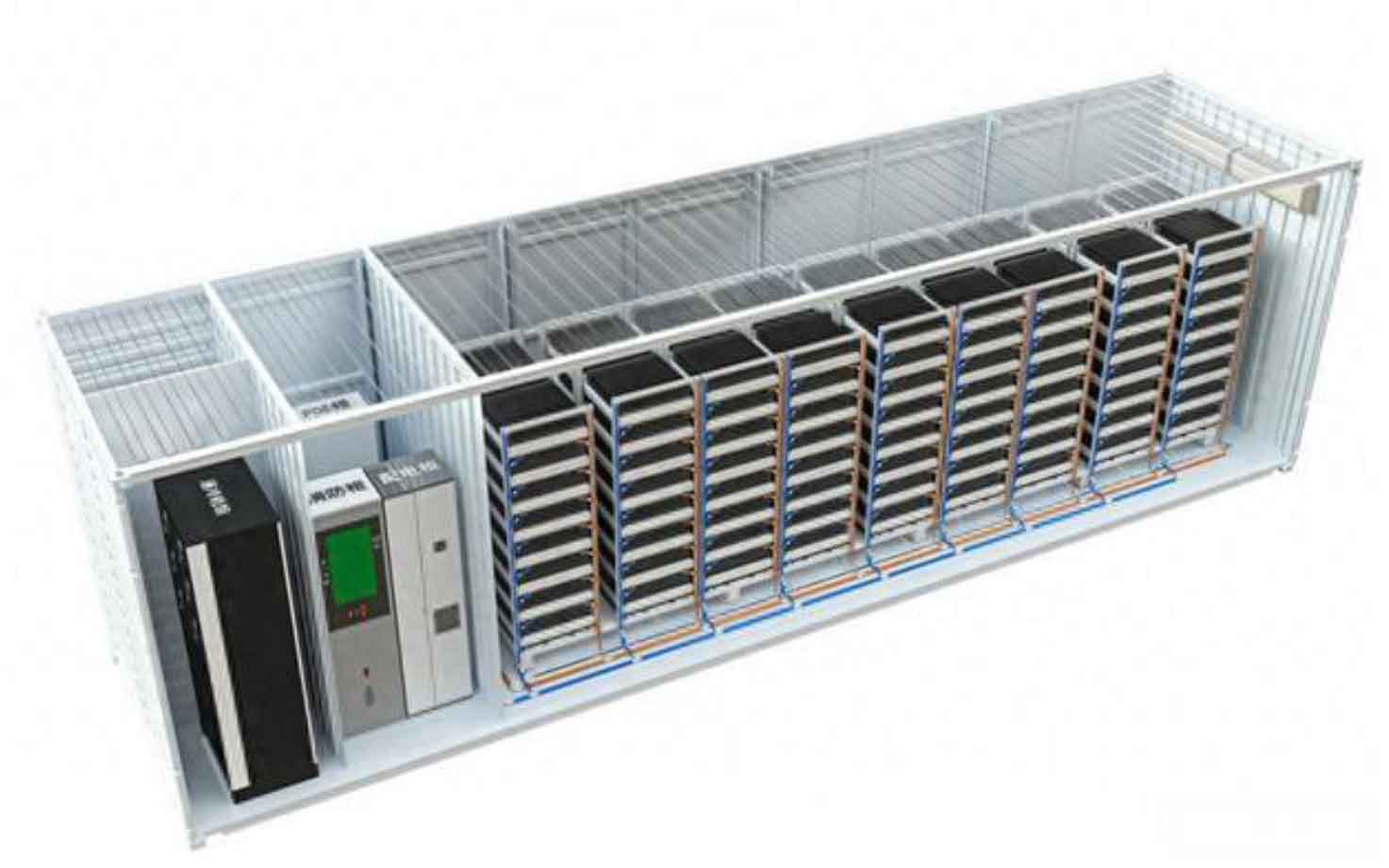
Further Considerations in Cooling System Selection
When deciding between liquid-cooling and air-cooling systems for energy storage systems, it’s also important to consider the following factors:
Environmental Impact and Energy Efficiency
Liquid Cooling:
- Energy Consumption: Although liquid cooling systems are more efficient at transferring heat, they often require more energy storage systems to operate due to the need for pumps and other mechanical components.
- Coolant Requirements: The type of coolant used can have environmental implications. Some coolants may be toxic or difficult to dispose of safely, requiring careful handling and recycling processes.
Air Cooling:
- Energy Consumption: Air cooling systems generally consume less energy storage systems directly because they primarily use fans instead of pumps. However, their overall energy efficiency is lower, meaning they might not always support optimal battery performance and energy usage.
- Environmental Friendliness: Air cooling has a lower environmental impact regarding coolant use since it primarily uses ambient air, which does not require disposal or special handling.
Scalability and Flexibility
Liquid Cooling:
- Customization: Liquid cooling systems can be more easily tailored to specific operational needs. The flow rate of the coolant and the design of the cooling circuit can be adjusted to optimize heat removal for different battery sizes and configurations.
- Expansion: Adding capacity to a liquid-cooled system can be relatively straightforward, as extending the coolant circuit can accommodate additional battery modules or cabinets.
Air Cooling:
- Modular Design: Air cooling systems can be modular, making them relatively easy to scale by adding more fans or increasing airflow. However, achieving uniform cooling across a larger system can become challenging.
- Spatial Constraints: Because air cooling depends on effective air flow, scaling up might require more significant changes to the enclosure and spacing to maintain effectiveness, especially in densely packed battery systems.
Operational Reliability and Maintenance
Liquid Cooling:
- Reliability: Liquid cooling systems, when well-maintained, offer high reliability due to their effective heat management. However, the potential for leaks can introduce a point of failure that must be carefully monitored.
- Maintenance Needs: Regular checks and maintenance are essential to ensure the integrity of hoses, pumps, and the coolant itself, which can add to operational costs.
Air Cooling:
- Reliability: The simplicity of air cooling systems can lead to higher reliability with fewer potential failure points. However, fans and filters require regular maintenance to ensure they are not obstructed and are running efficiently.
- Maintenance Needs: Maintenance typically involves cleaning or replacing air filters and servicing fans, which is generally simpler and less costly than maintaining a liquid cooling system.
Decision-Making Process
Choosing the right cooling system involves weighing these factors based on the specific requirements and constraints of energy storage systems application. Cost considerations, expected operational life, maintenance capabilities, environmental conditions, and safety requirements all play critical roles in this decision. Both systems have their place in energy storage systems landscape, and the choice often comes down to balancing the trade-offs between performance, cost, and operational flexibility.
